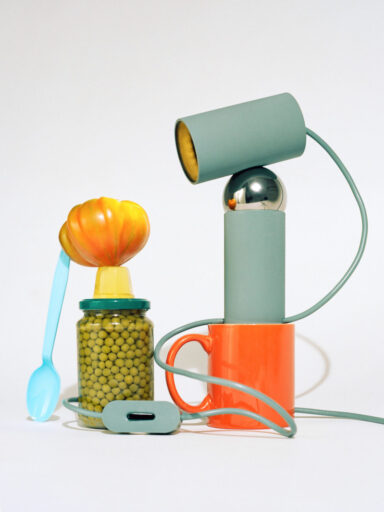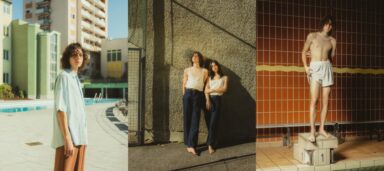An ancient Rome set at Cinecittà Studios for a new generation of inspiring and visionary artisans-designers
Curated by: Clara Tosi Pamphili and Alessio de’ Navasques
Edited by: Fiammetta Cesana
A.I. Artisanal Intelligence becomes a sort of base camp within the Cinecittà Studios: an operational area in a cinematographic, invented space.
The idea is to express the willingness to solve an issue caused by the excesses of invention and of certain creativity. In this base camp, young designers will experiment a contemporary style that combines artisanal research with the image of sportswear, uniforms and outdoor apparel.
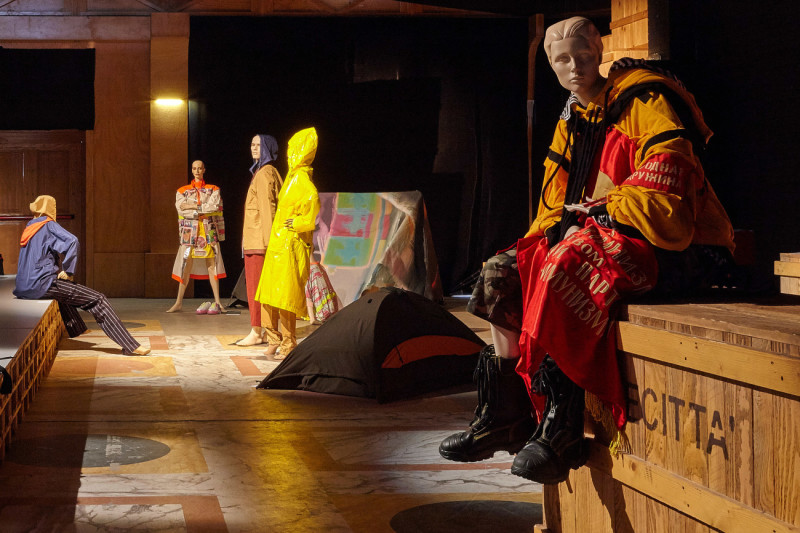
What is their vision?
These creatives have overcome the aesthetic idea of useless beauty. They feel the urgency of creating a kind of fashion that bridges the gap between those who are worried about the future of the planet and those who live in a virtual dimension, made of alienation and online shopping. Around tables and inside tents designed as workshops, they will look for solutions, knowing that today it is not enough to reach the education level of those who buy and produce. They want a healthy future, so they know they cannot simply opt for romantic craftsmanship. Their vision goes hand in hand with adequate technological know-how and research. They work like hackers, researchers, anthropologists and tailors. The selected designers are able to adapt to new technologies in order to solve problems and to define a new economy.
They are reinventing tradition through Italian and international stories prompted by the need for change. This is the case, for instance, for GR10K, which transforms the aesthetics of military and work uniforms, while always giving the priority to the sustainability of production.
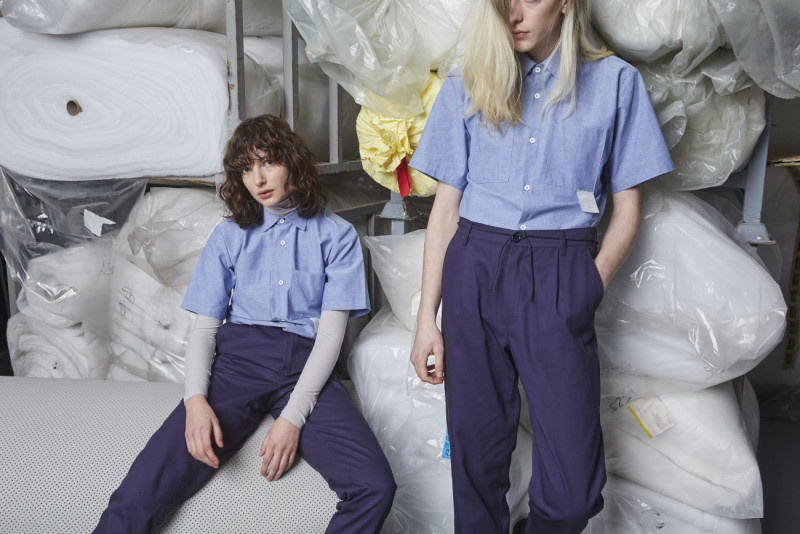
Alfredo Grassi, a family-owned company which has been producing work uniforms since 1925, has implemented a “Re-Action” through textile research and new production processes that is solidly based on its history. On exhibit are some items coming from their archives.
ALAMA has pursued a reinvention of historical-ethnic kind, working on the jewels made by the Masai women who live at the foot of the Kilimanjaro. The brand is the contemporary expression of a sustainable design shaped through the memory of ancient styles and the use of natural materials, recycled plastic and other elements found in the markets of Tanzania.
Another example of reinvention is the tailor’s shop which was founded in 1961 by the grandfather of Michele Canziani. Together with his partner Stefano Ghidotti, Michele gave new life to the workshop through the new project called M140 – an idea of contemporary heritage expressed by a combination of styles and fabrics. The brand embodies a new spirit of Made in Italy based on an aesthetic vision that rediscovers old-style, tailor- made, elegant male pyjamas and combines them with the technologies of outdoor apparel. A promotion of the concept of genderless that is expressed also through the mix of items and materials.
The 1984 image of his father, a soldier in the Russian Air Force, bailing out of his aircraft after being hit, is the source of inspiration of Aigerim Kairat. In his work, the designer expresses the act of fleeing, the conquest of freedom from isolation through the courage of jumping out. The uniform, a symbol of garment designed to communicate hierarchies and roles through stripes and ornaments, is re-designed to get out of isolation by generating meaningless signs. The garment is the material expression of the refusal of imposed roles, with decorations that create new connections, marked by the use of red to express protest.
Italian knitwear in all its refined artisanal tradition is what Vitelli uses to create two main collections and two limited editions every year. Inspired by the youth culture, Vitelli aims to represent the imagery of the first Italian clubbing scene, the post-hippy movement called Gioventù Cosmica, a pacifist and anti-ideological movement of the late 1980s.
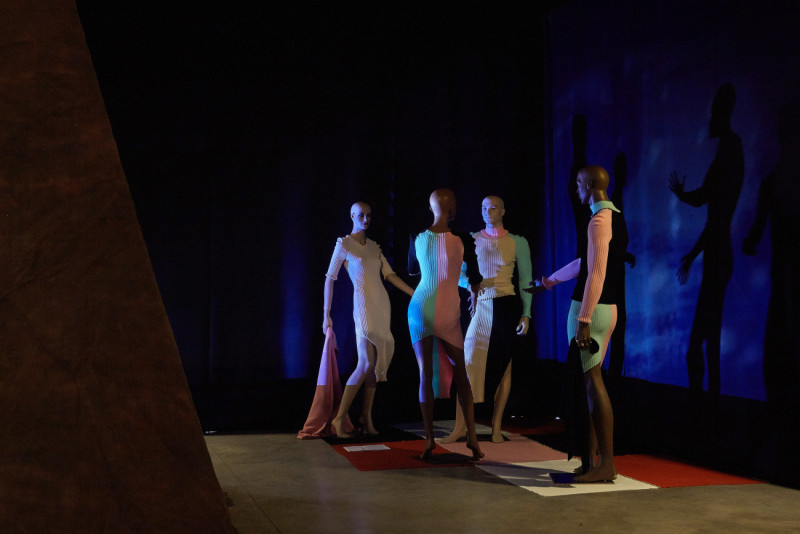
Paratroop units are a source of inspiration – as a reaction to claustrophobia – also for the Claustrum collection by Nicola Spinelli. His vision is the escape from the maternal and urban protective obsessions that generate phobias. The irrational fear that creates a sense of oppression is a problem experienced by many who live in urban areas and it leads them to refuse relationships with others. Spinelli’s street style expresses this refusal through the covered faces and the oversized garments.
The fear for a future made of uncertainties and distresses has inspired Giorgia Andreazza in the creation of garments that are mutant and transformable, post-modern uniforms to face the difficulties of our historical moment. Hybrid materials from the military field, like bulletproof and cut-resistant fabrics, hoods and balaclavas, become the shell to protect us from our daily odysseys.
The female “Re-Action” of Valentina Ortiz is expressed in a collection accompanied by the motto “I’m not your dream girl but only my own”. The feminine and assertive street style seems to push women who do not feel accepted out of their anti-social rooms where they retire into themselves. The collection is inspired by the “Sad Girl Theory” of Audrey Wollen, the young American artist who interprets women’s sadness not as an act of submission, but as the result of self-awareness and self- acceptance.
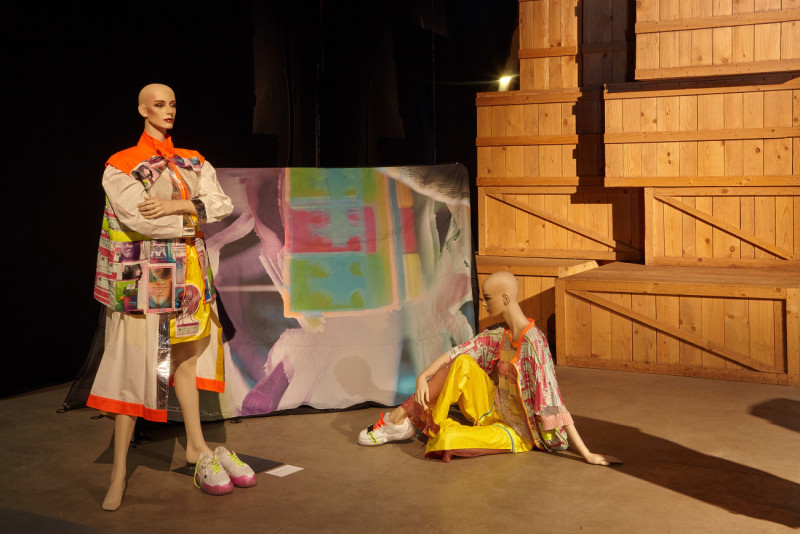
The knowledge transfer from one generation of fishermen to the next in Zhousan, an archipelago of islands in the China Sea, inspired the collection by Binghua Mao, a designer who was born in the region. Binghua Mao pays tribute to traditions with a peculiar project that juxtaposes the natural and uninterrupted grey-blue of the sea and of the sky with the bright and artificial colours of fishing instruments. Such tools become garments, in which nets and hooks serve a new purpose, in a romantic representation of the link between past and future.
Nomadism as the expression of a vital need to move is the focus of the collection by Alessia Panza and Giorgia Pizzella, who have elaborated a proper creative strategy. The two designers create tools to survive in the surrounding world: texture and materials are used in a new way, to build shelter garments and to create a boundless connection between the individual and the environment. They also express the refusal of any imposition that may block connections and the use of one’s own culture, history and memory to understand how to address contemporary chaos.
The youngest artistic talent of this edition is Erica Curci, who presents EXUVIA, a production project based on biomaterials. Bacterial cultures and vegetable and protein substances are used to generate new fabrics that are as similar as possible to skin tissues.
The spaces inside the tent are arranged in such a way to let visitors follow the evolution of work, like in a workshop. The skin of the body is the last shell to modify in order to change its protective function, just like designer garments modify the way materials are used to change our image.
The tent is the symbol of the base camp and, for “A.I. Re-Action”, it has been transformed by changing its texture and by turning it into a piece of outdoor haute couture: it is the elegant tent made for FieldCandy by Chiara Cola, an Italian fashion and textile designer based in London.
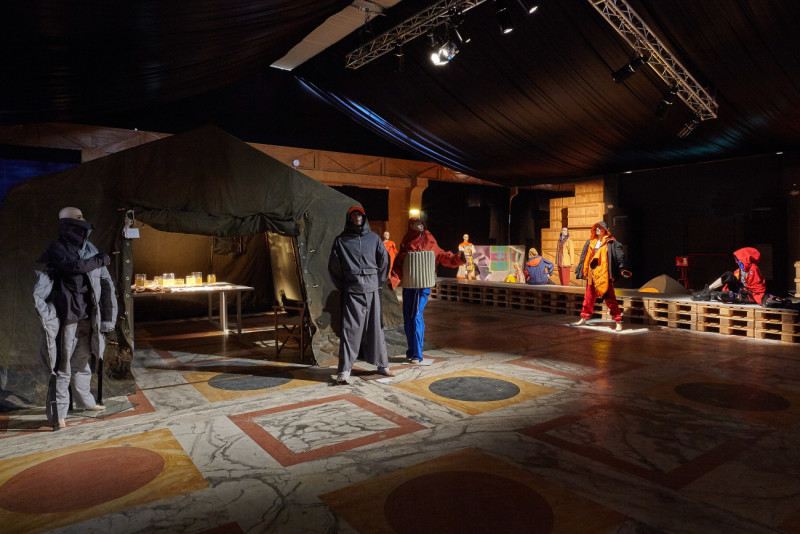
A.I. Re-Action
Cinecittà Studios – Ancient Rome set
ALTAROMA – from June 28th to July 1st 2018

